Fly ash bricks are manufactured by mixing water, quarry dust/river sand, cement, fly ash and stone aggregates less than 6mm, normally the actual cement volume will be replaced with 10% to 20% fly ash.
They are considered good and inexpensive building materials including Class C, fly ash and water.
Here we will learn about fly ash bricks, properties of flyash bricks & much more.
Introduction to fly ash bricks:
Fly ash brick are environmentally friendly manufactured by hydraulic pressure machines.
They are 28% lighter than normal clay bricks and have a compressive strength greater than 40 Mpa than normal bricks.
They are inexpensive and eliminate the need for plaster, it can reduce high construction costs and soil erosion.
Properties of flyash bricks:
Appearance: The bricks have a pleasing cement colour, which is uniform in shade and smooth, but does not require plastering for building works.
Thermal conductivity: They do not absorb heat and give maximum light reflection.
Sound Insulation: It provides an acceptable degree of sound insulation.
Fire and Vermin Resistance: They have good fire resistance, it has no problem with vermin attacks.
Durability and moisture content: These blocks are highly durable, the absorption of water is 6–12%, which reduces the humidity of the walls.
Toxicity and Stability: When mixed with lime, fly ash turns into a non-toxic product thus have potential as a good building material.
Advantages of Fly ash Bricks:
- Fly ash bricks are light in weight, so suitable for multi-story buildings because as the height of the buildings increases, the stress and strain on the foundation and structure increase.
- Due to the lighter bricks, this stress and strain are decreases manifold.
- These bricks absorb less heat and they are better than clay bricks, for the Indian climate.
- Due to the high strength, there is practically no breakdown during transport and use.
- The leakage of water through bricks is reduced due to less water penetration.
- Gypsum plaster (plaster of Paris) can be directly applied to these bricks without a backing coat of lime plaster.
- These bricks do not require to soak in water for 24 hours, a sprinkling of water before use is sufficient.
- Less mortar is required during construction, further, the operation of the machine requires less labor.
- The compressive strength is very high and they are less porous.
- They absorb less water and save costs.
- It is environmentally friendly therefore allows your business to take a step towards sustainable development.
- No fossil fuels are required for the production of fly ash brick hence no emission of greenhouse gases.
- The production of clay brick damages the topsoil and prevents fly ash in the process of manufacturing bricks, there is no solid loss.
- Flyash bricks are stronger, more uniform, and denser than clay bricks.
- Their mortar consumption is low, their dissipation is only 1% against clay bricks which is around 10%.
Disadvantages of Fly ash Bricks:
- Poor quality often has a negative impact on concrete, it can increase permeability, thus damaging the building.
- Some fly ash bricks originate in a power plant are usually suitable for concrete thus it is very important to use only high-quality fly ash to prevent negative effects on the structure of the building.
- The strength of mechanical bonding is weak but can be corrected using marble waste.
- There will be more wear and tear in the range of size.
Also read: Standard Brick Size
Fly ash bricks manufacturing process:

Application of Fly ash Bricks:
- In low and medium-sized structures, load-bearing exterior walls.
- On load-bearing internal walls.
- High load-bearing exterior or interior walls in high-size buildings.
Also read: Sand Lime Bricks & Fire bricks
Conclusion:
Mechanical properties are found to be enhanced in this types of bricks as compared to clay bricks.
Compressive strength and flexural strength of fly ash brick were 54.21% and 56% higher than clay brick.

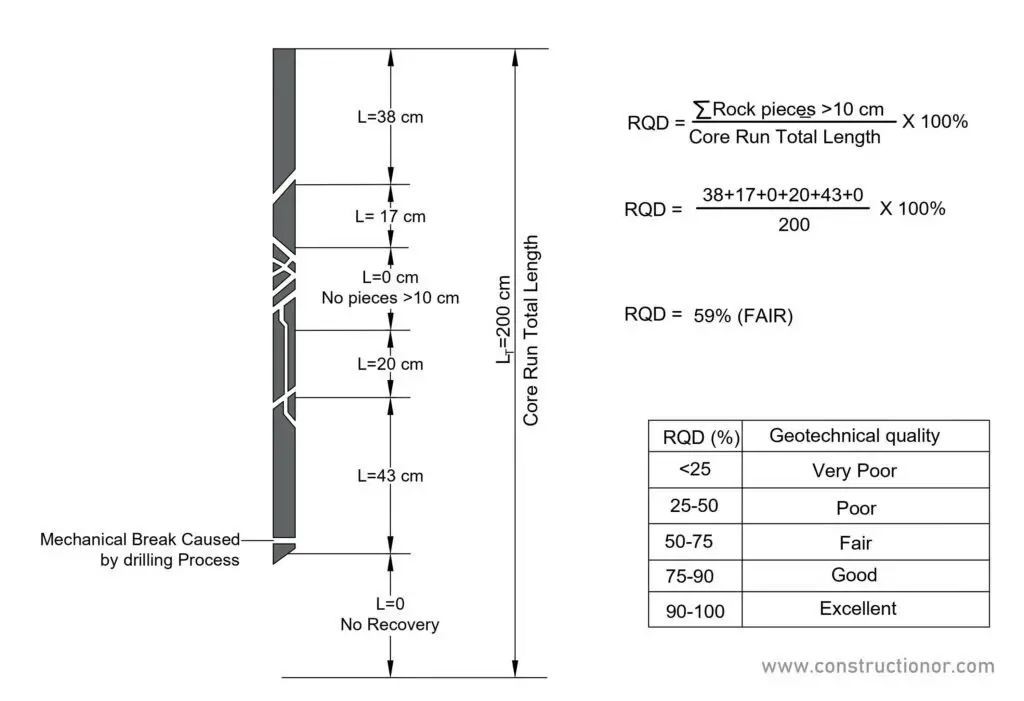
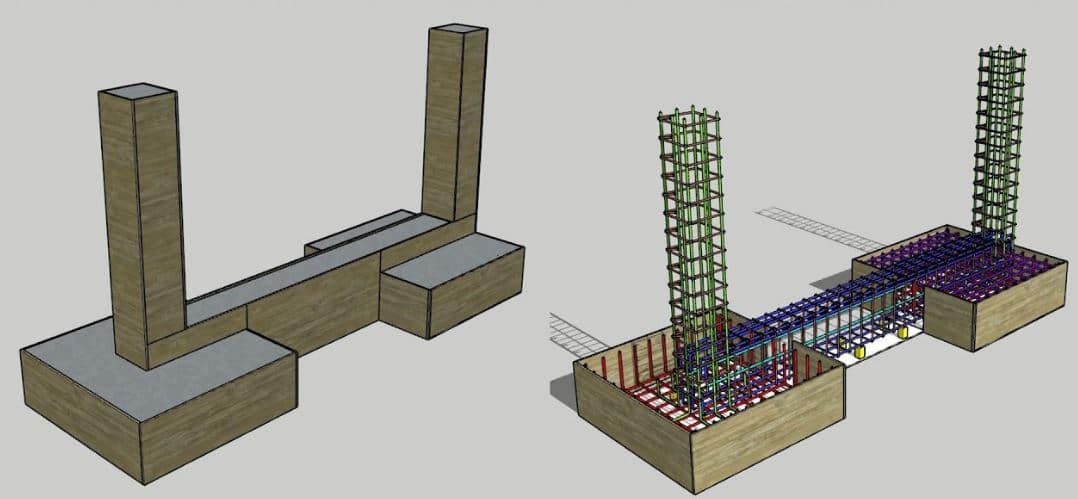

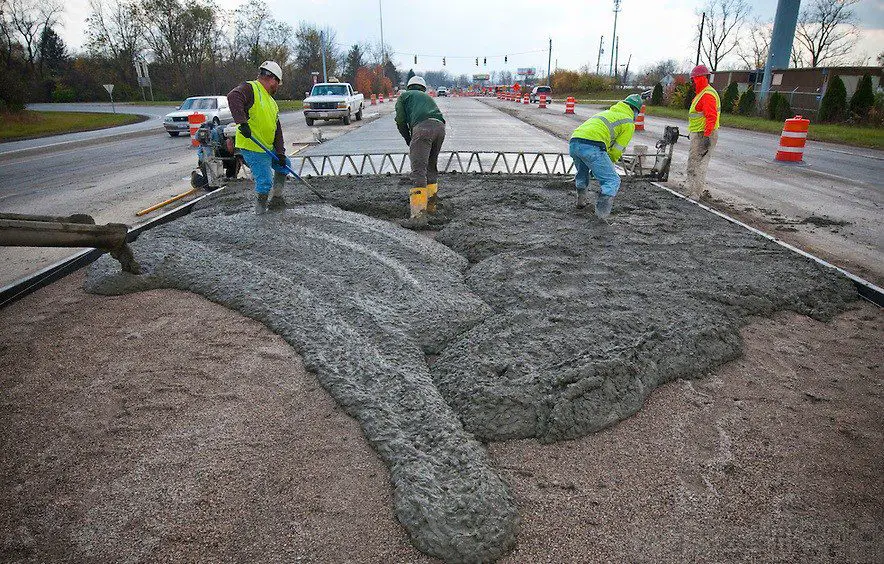
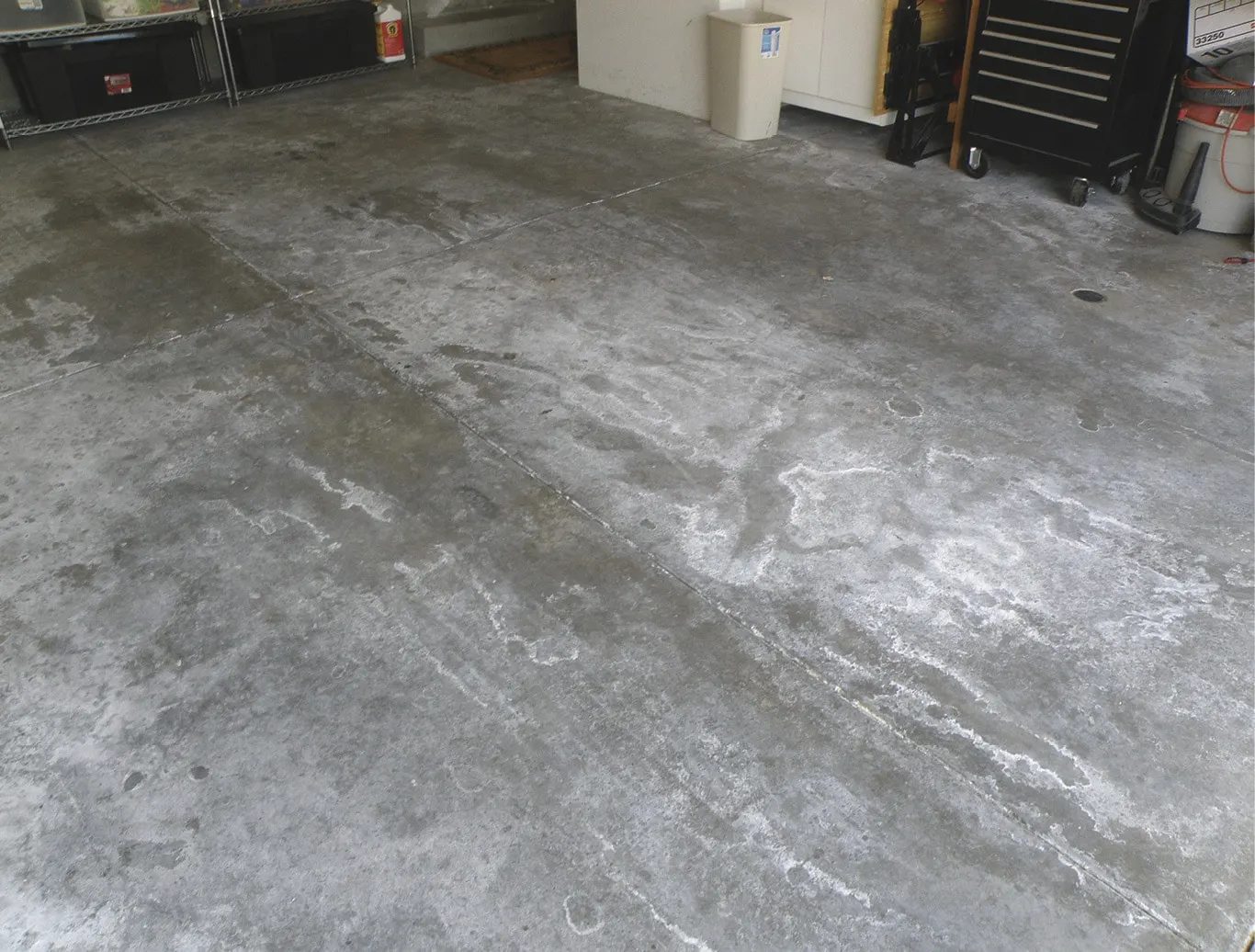
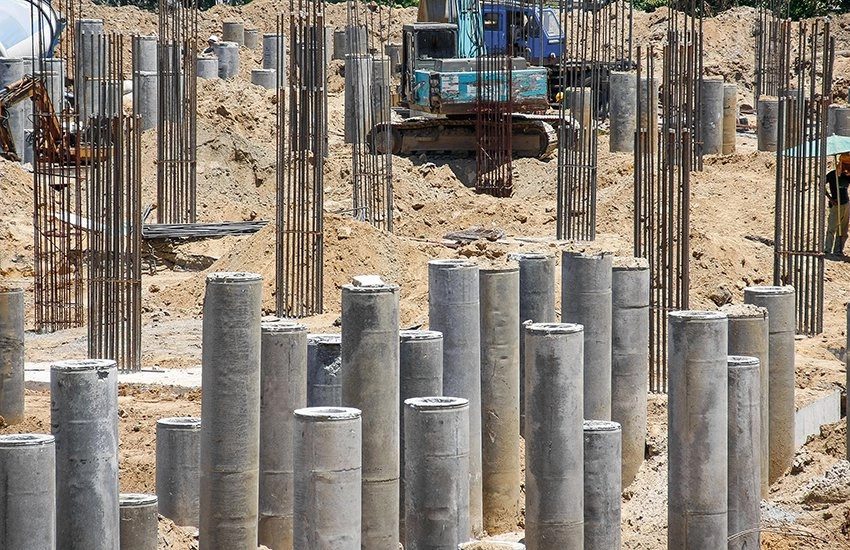
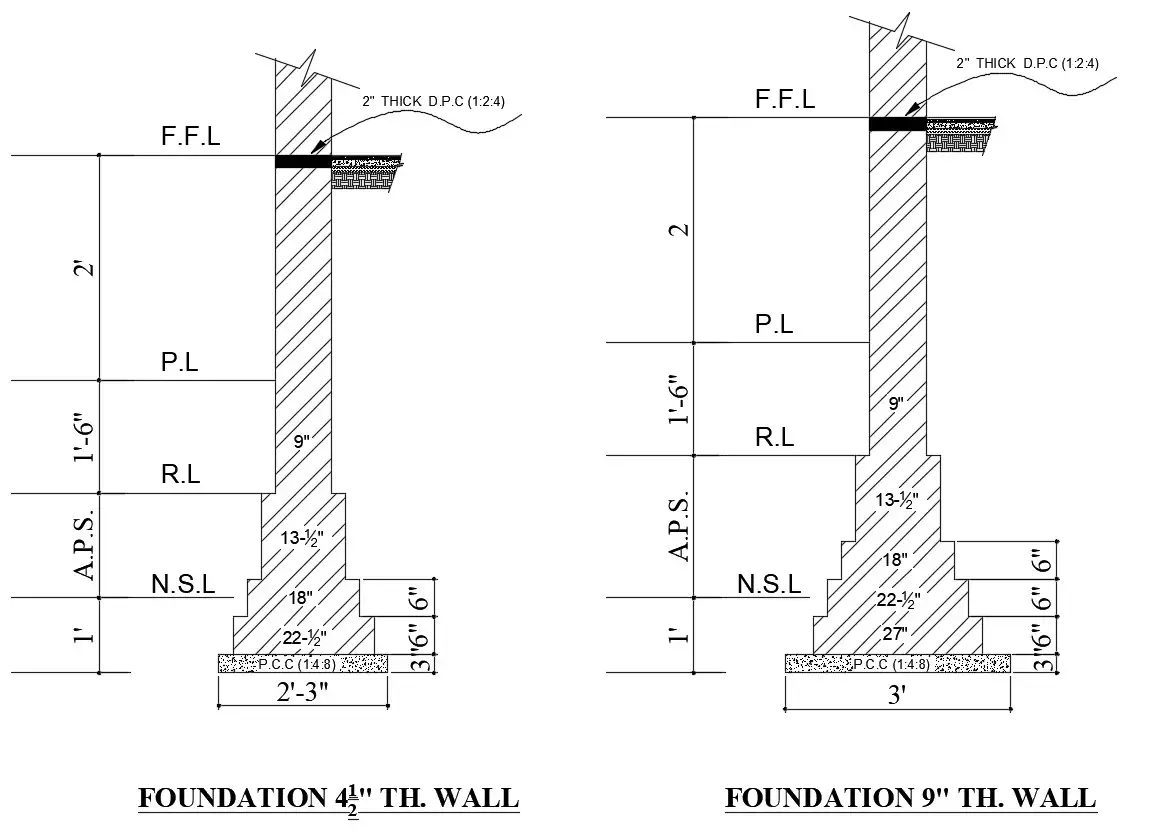
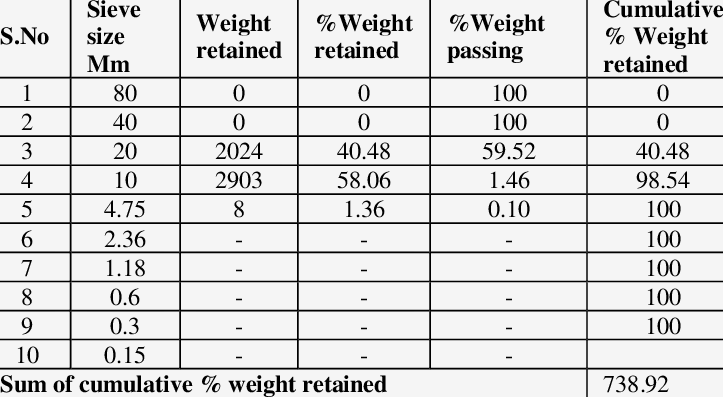
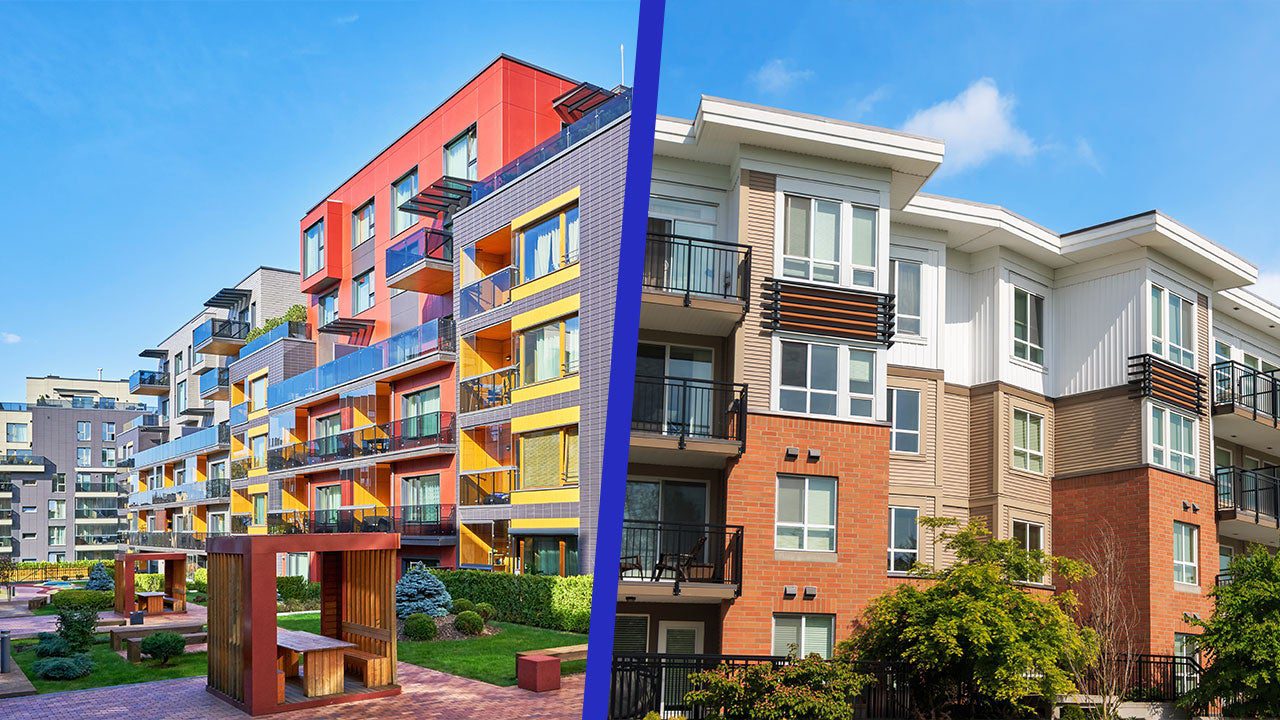
Thank you for the brisk and useful information.